Abruzzo, a region nestled between mountains and a coastline overlooking the Adriatic Sea, is an area that jealously guards its millennia-old history. This is witnessed by Tollo, a small town in the province of Chieti, which still preserves the memory of the Roman Empire thanks to its Villa Romana, an archaeological site that traces its origins from the Roman Republican age to at least the 6th-7th centuries A.D., with traces extending to the Middle Ages thanks to the remains of the church of San Pietro. Here the restoration work, currently underway, is being managed by the Soprintendenza Archeologica, Belle Arti e Paesaggio of Chieti and Pescara, with the support of the Art Bonus system, and it is thanks to the system that the Società cooperativa agricola cantina sociale di Tollo has financed an amount of 49,559 euros.
The intervention activities for the Roman Villa are being carried out following the methods established in collaboration with the scientific direction of the Superintendence and in full compliance with the Normal Methodologies of the Istituto Superiore per la Conservazione e il Restauro (ISCR) in Rome. The maintenance project is thus part of a broader context of enhancement that combines history, territory and viticulture, with the ownership of the site entrusted to Feudo Antico Srl, a winery committed to the rediscovery of native Abruzzo grape varieties and the protection of the area’s fragile ecosystem. The intervention concerns in particular the archaeological area called Torcularium, an area destined in Roman times for the crushing of grapes and perhaps oil, characterized by masonry in opus reticulatum, cocciopesto floors, terracotta dolia and pits for the collection and preservation of liquids.
“Feudo Antico,” says Anna Dionisio, Soprintendenza ABAP Chieti-Pescara archaeological officer, “represents one of the most virtuous examples in Italy of public-private collaboration. The design of the new structure was shared from the very beginning and aimed at an integration of modern and ancient structures with the purpose of distinguishing them clearly and not creating perceptual difficulties, and the overall result proved to be very positive; we hope for a progressive increase in the knowledge of the site, which can still reveal many surprises.”
In the past, the San Pietro di Tollo locality was already known for its archaeological interest, so much so that it was included in the municipality’s General Town Plan. In the course of the renovation of a cottage, preliminary assays revealed a portion of a villa that maintained a continuity of life from the end of the Republican age until the 6th-7th centuries AD, and on this villa was later built the church of San Pietro in Tullo, documented in the 14th-century Papal Tithes. Later excavations then revealed two well-preserved cisterns in the productive area of the villa, equipped with a large warehouse with buried dolia and a settling tank. In one dolio, a large container for foodstuffs or liquids, a bed of seeds, probably legumes, from medieval times was then found. The seeds were sampled by a team of experts, including archaeologists, restorers and archaeobotanists. The hypothesis of an extension of the villa to the northeast has been confirmed with recent discoveries. Mosaic and plaster fragments provide new data on the extension of the villa toward the sea, indicating that the rooms further downstream belonged to the lordly area of the settlement.
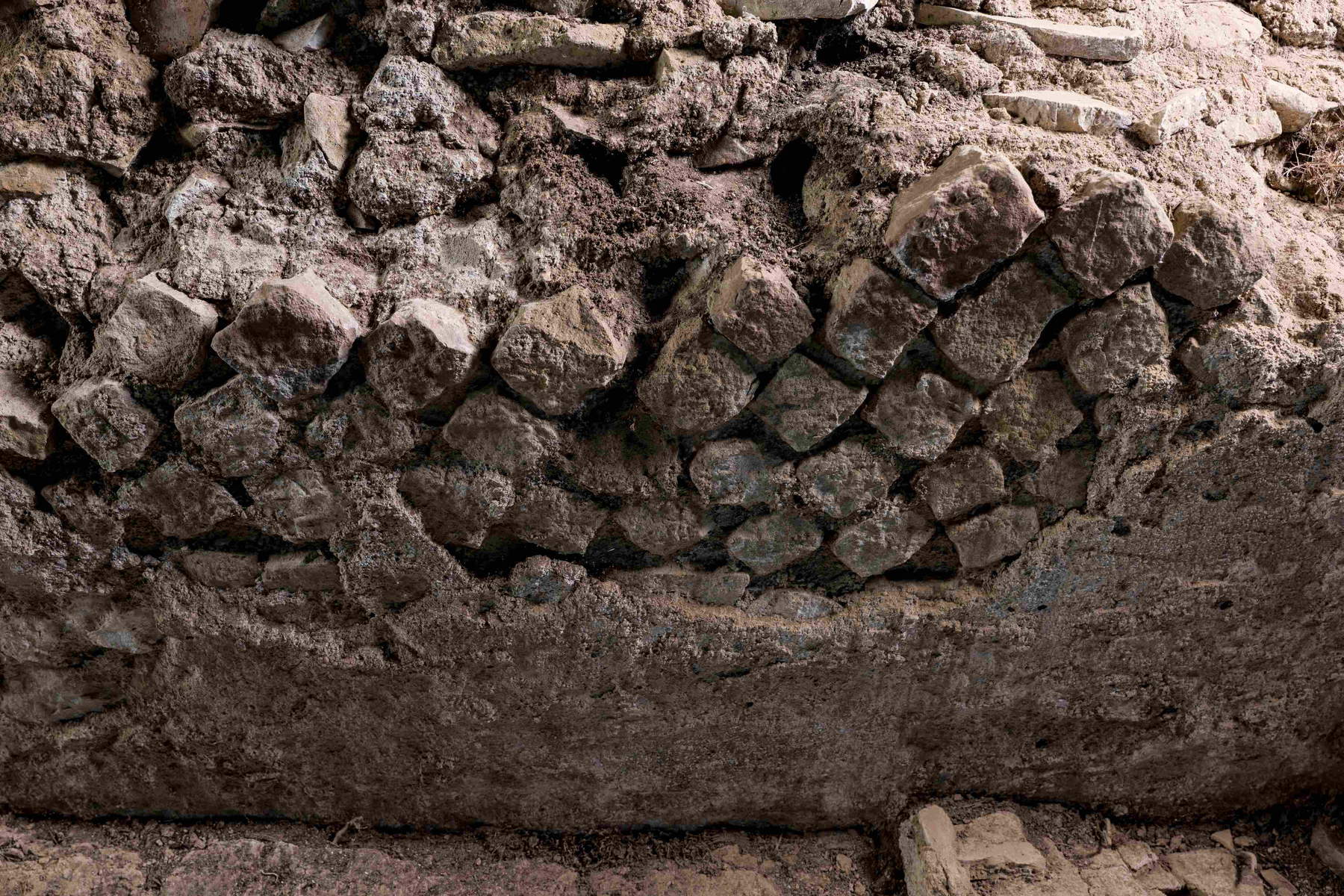
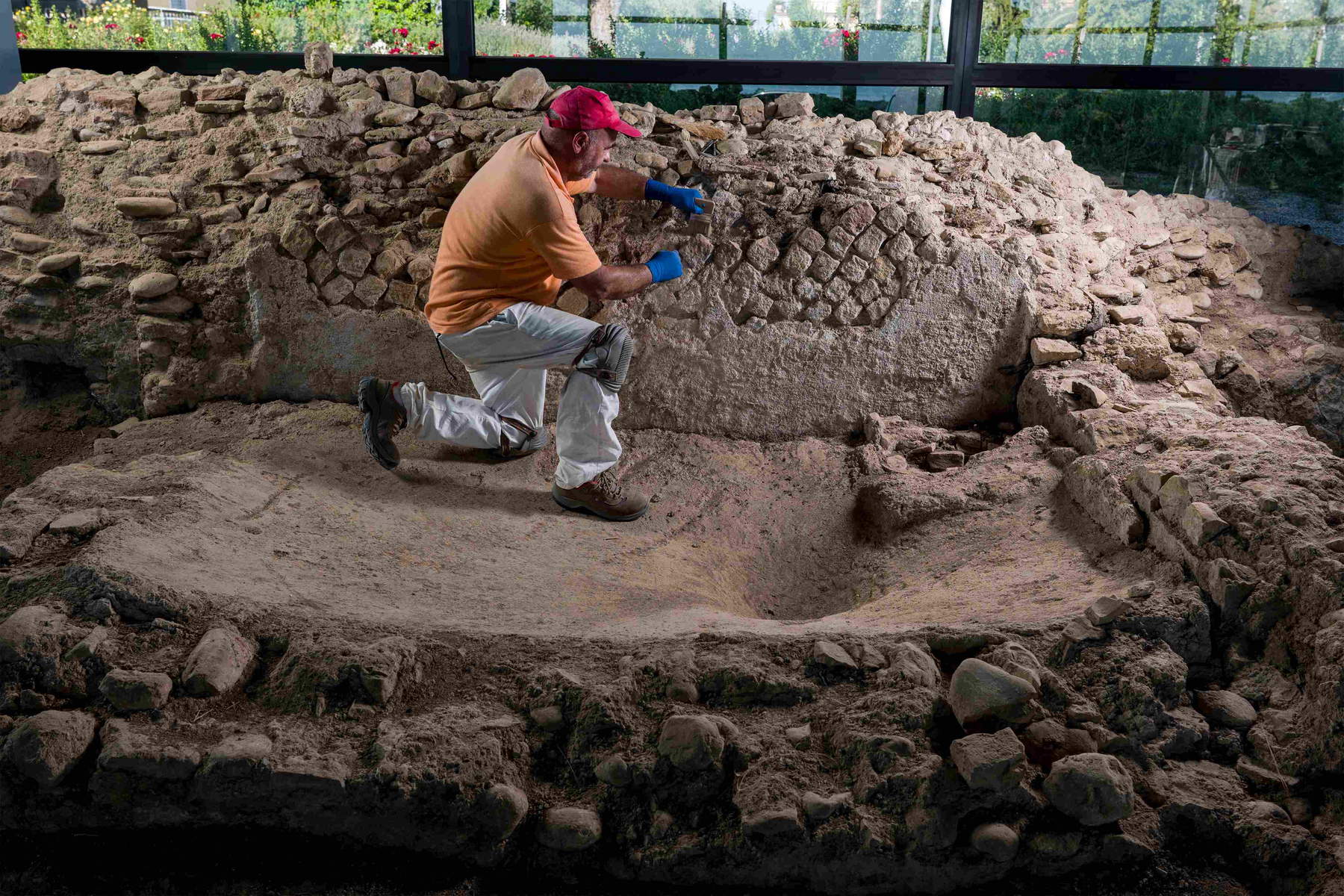
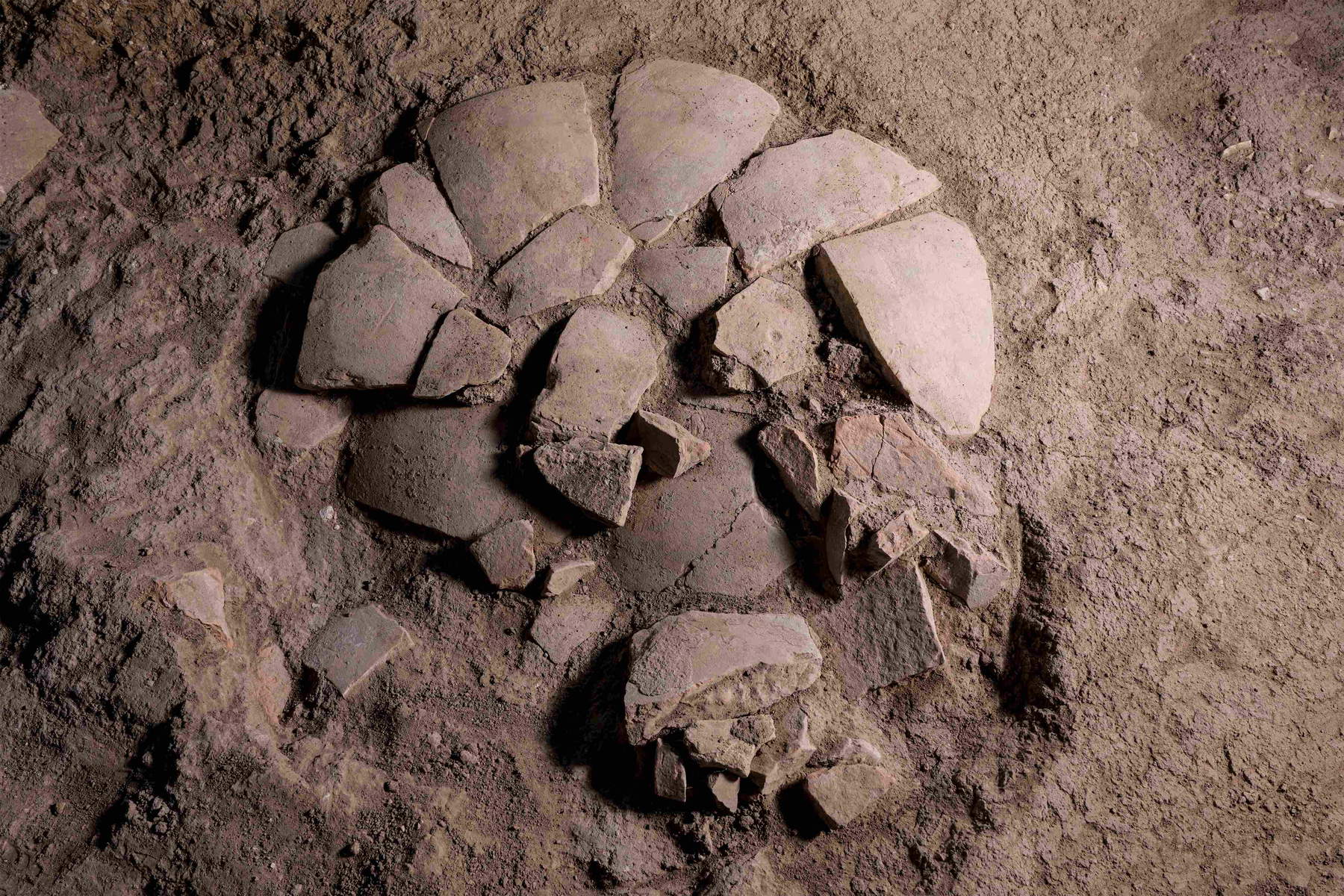
The restoration phases, which involve cleaning the surfaces, disinfecting the biological patinas, consolidating the wall structures, and reintegrating the fractures with compatible materials, are proceeding with extreme care. Special attention is being paid to the preservation of ancient patinas, using mortars based on natural hydraulic lime, long-cured slaked lime and local aggregates. Discovered during soil preparation work for the replanting of Pecorino vines, the Roman Villa claims that as early as two thousand years ago the area was home to an important farm, with vine cultivation at the center of its activities. Since 2021 Feudo Antico has therefore made it a mission to enhance the past, integrating it with contemporary wine production and contributing to the birth of the Tullum DOCG, one of the smallest protected and guaranteed designations of origin in Italy.
The completion of the restoration is a key step toward full public enjoyment of the site, in a project that blends archaeology, winemaking tradition and landscape protection. The hope is that, upon completion of the work, the Villa Romana can become a landmark for the knowledge and appreciation of Abruzzo’s historical heritage.
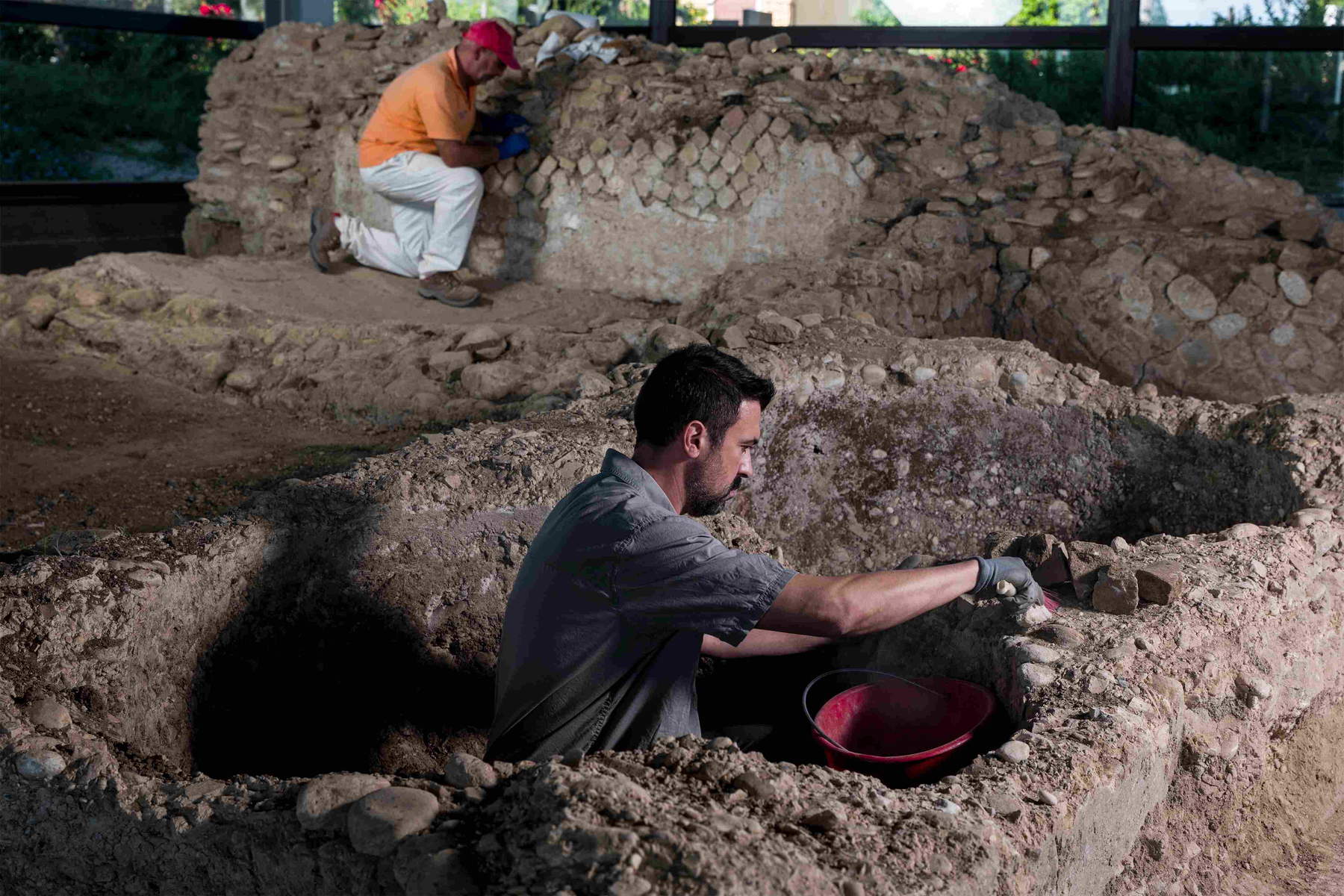
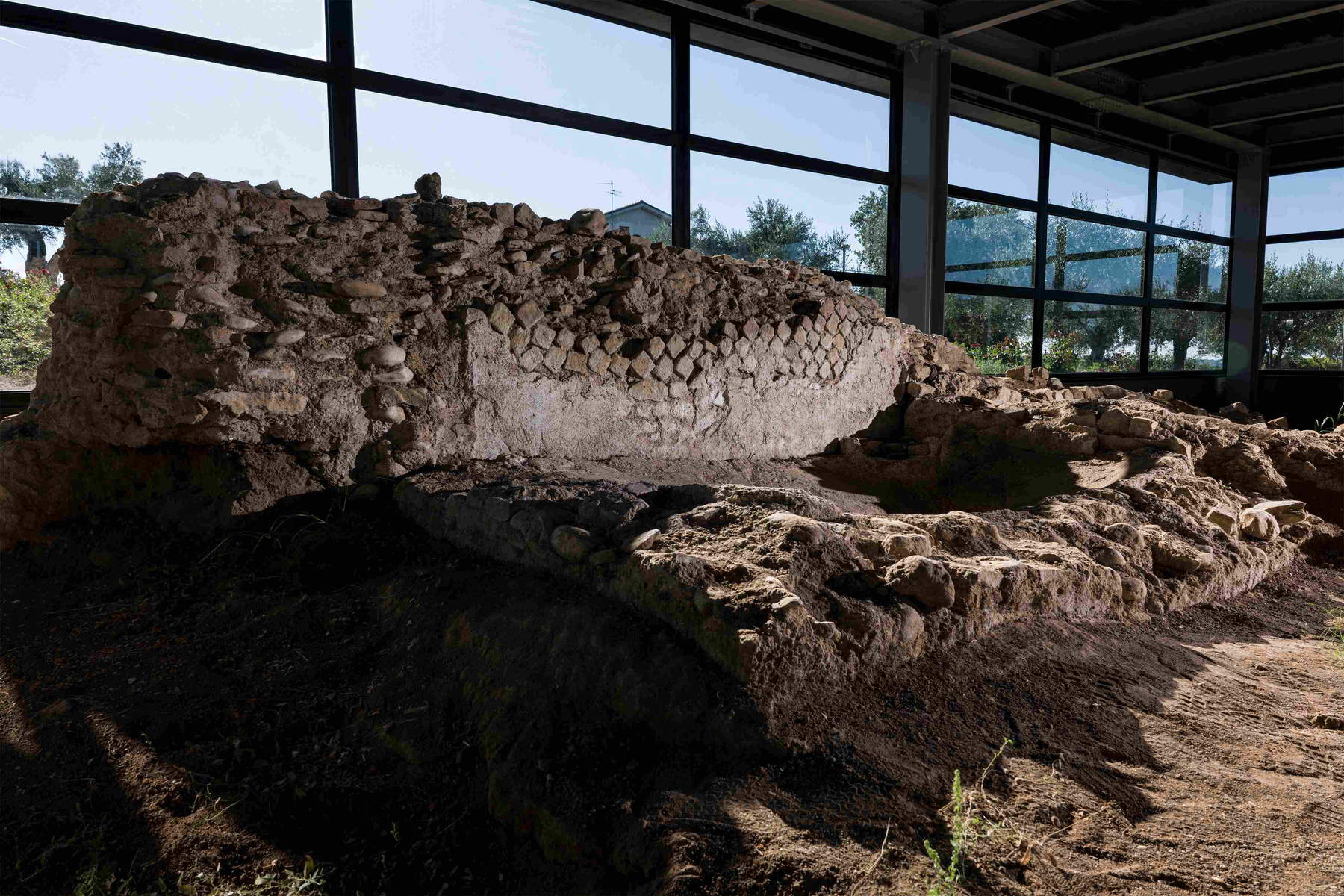
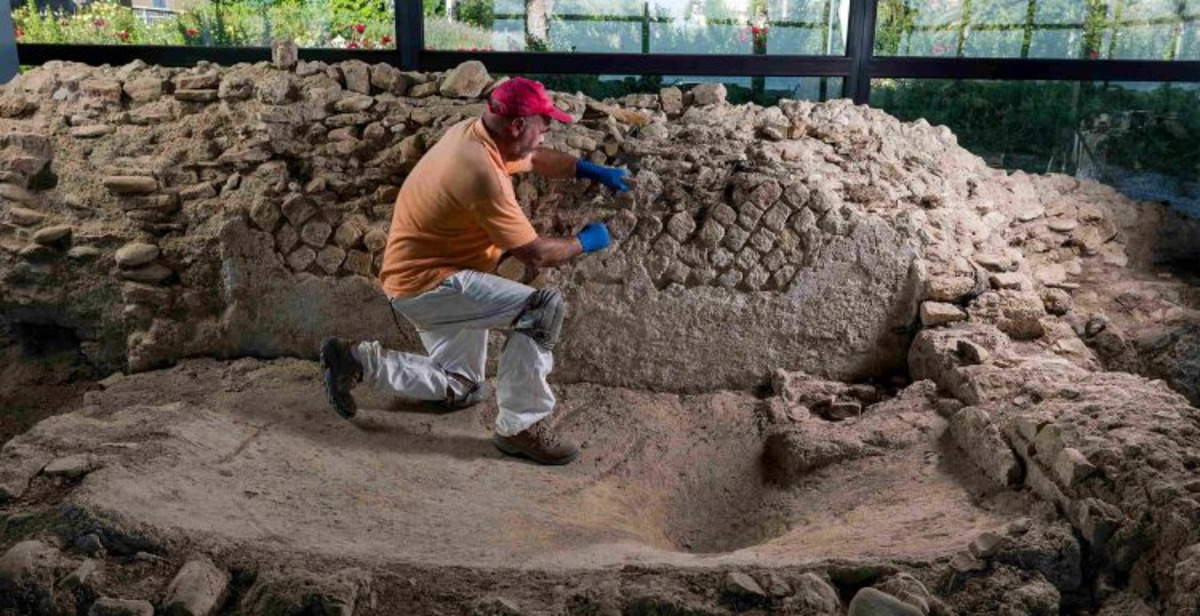 |
| Abruzzo, Tollo rediscovers its Roman villa: a bridge between archaeology, wine and territory |
Warning: the translation into English of the original Italian article was created using automatic tools. We undertake to review all articles, but we do not guarantee the total absence of inaccuracies in the translation due to the program. You can find the original by clicking on the ITA button. If you find any mistake,please contact us.